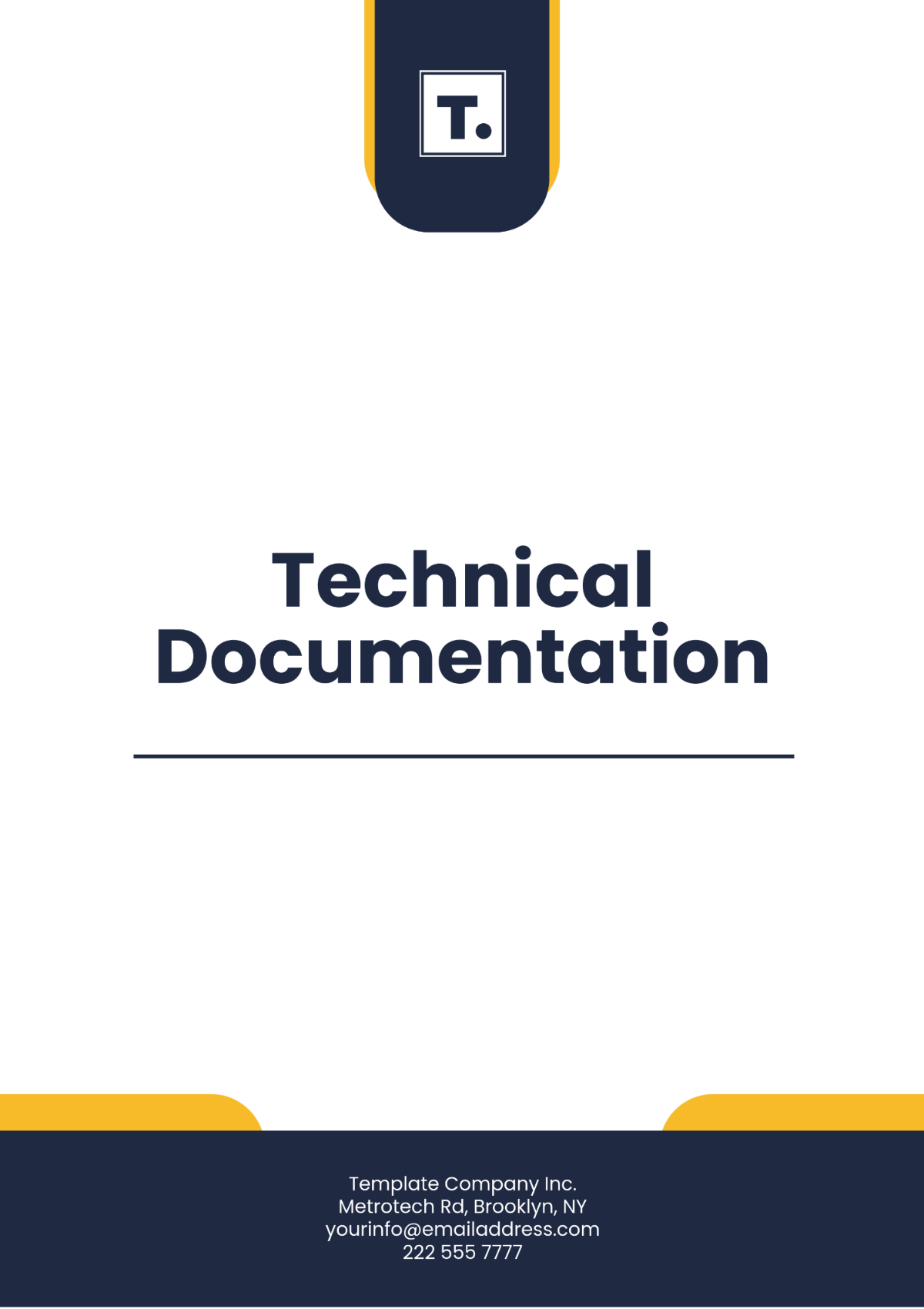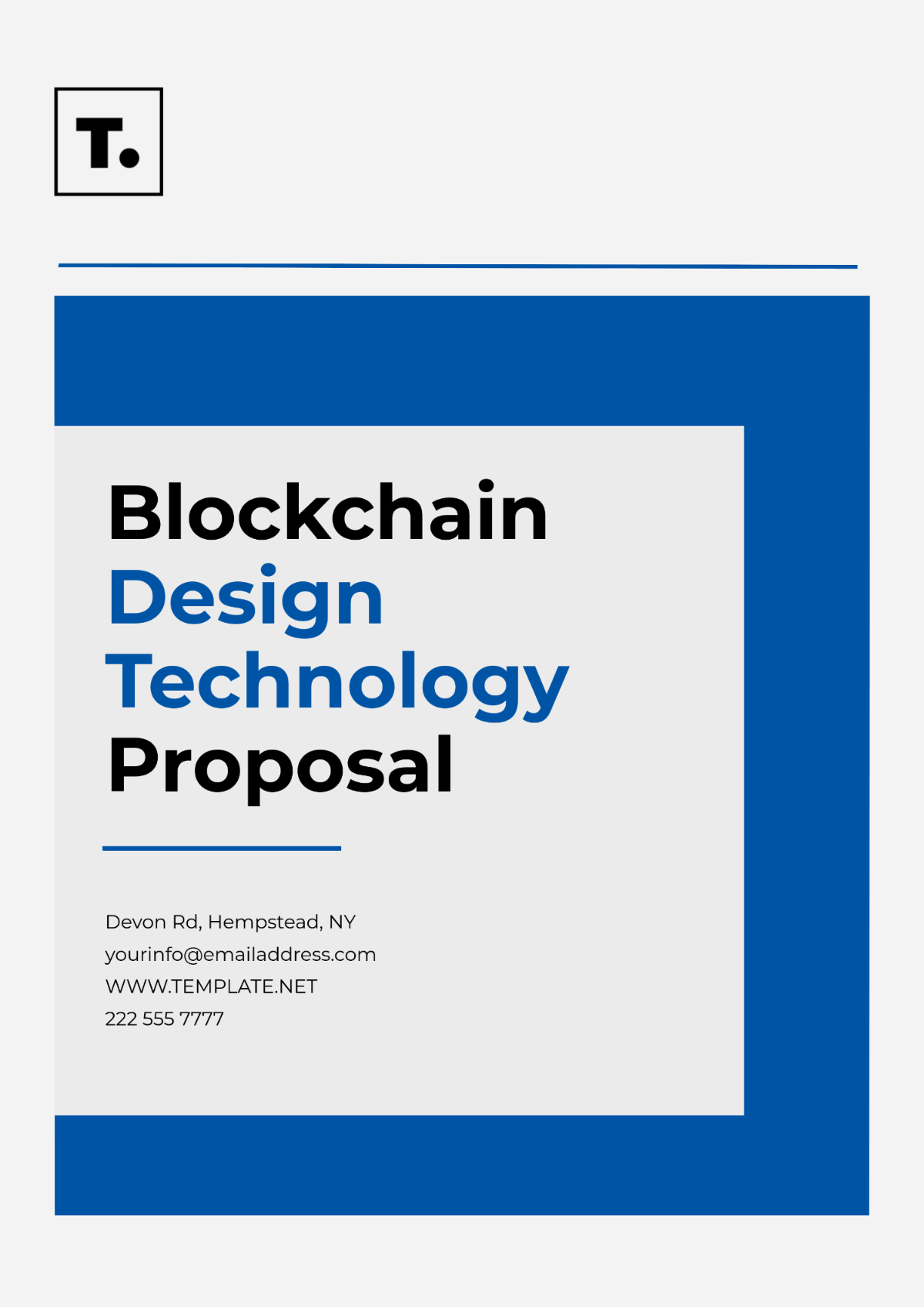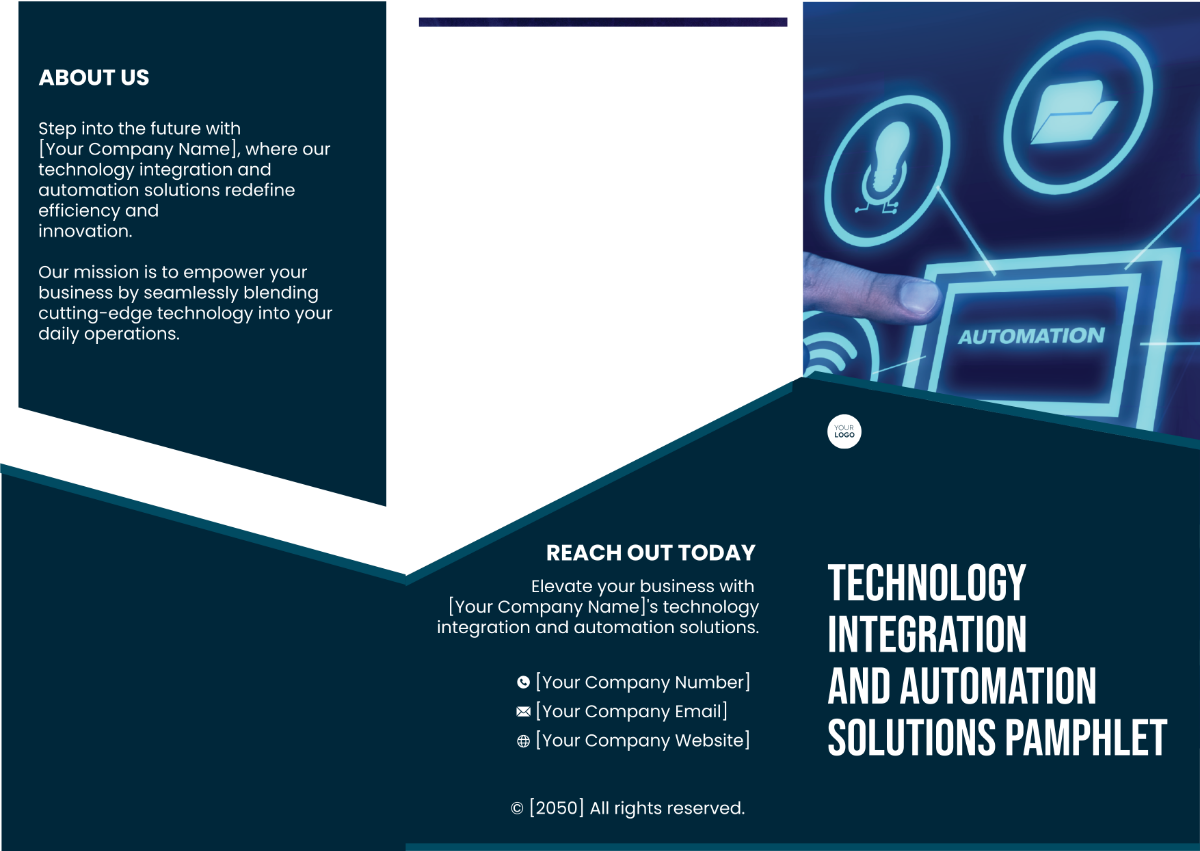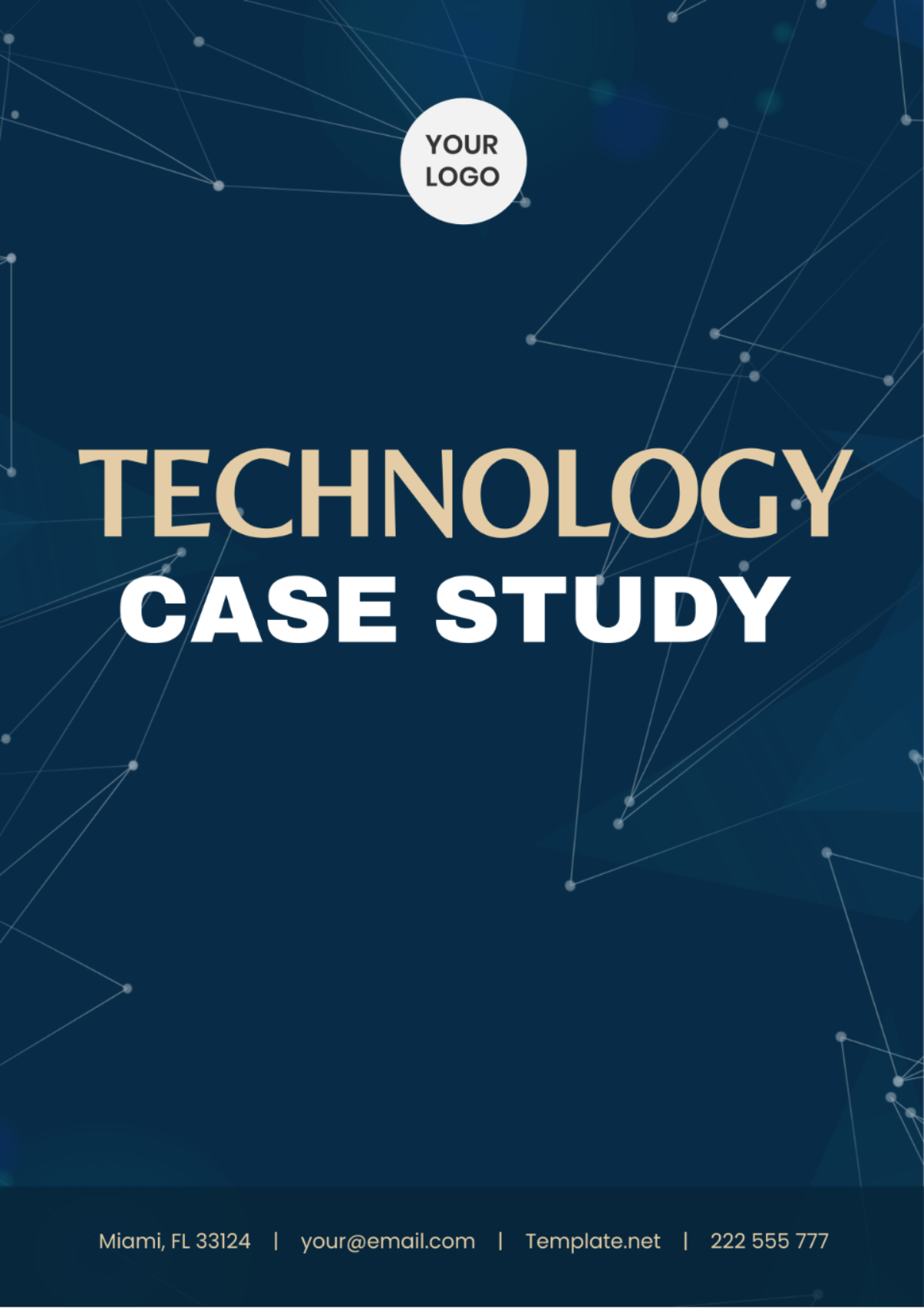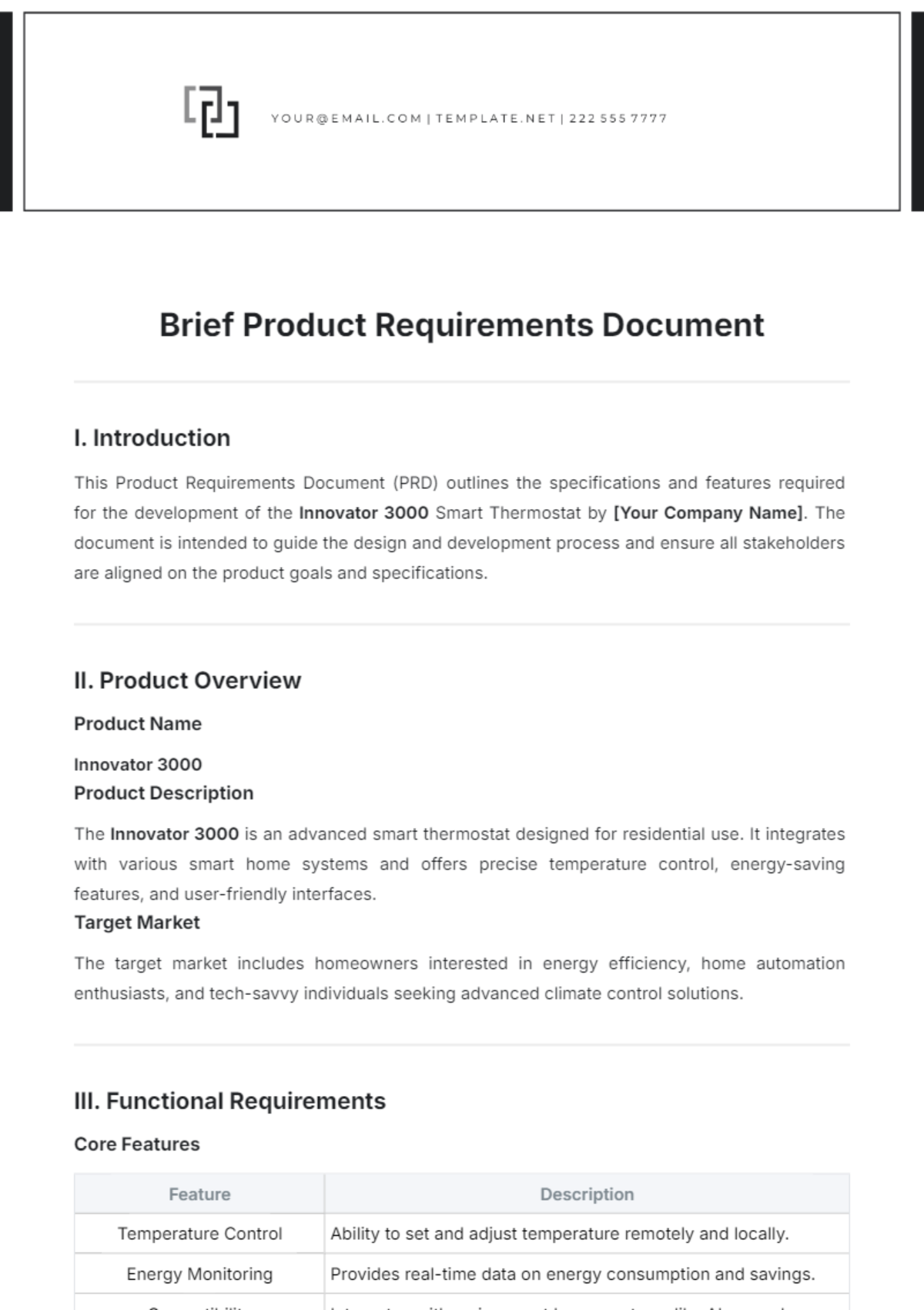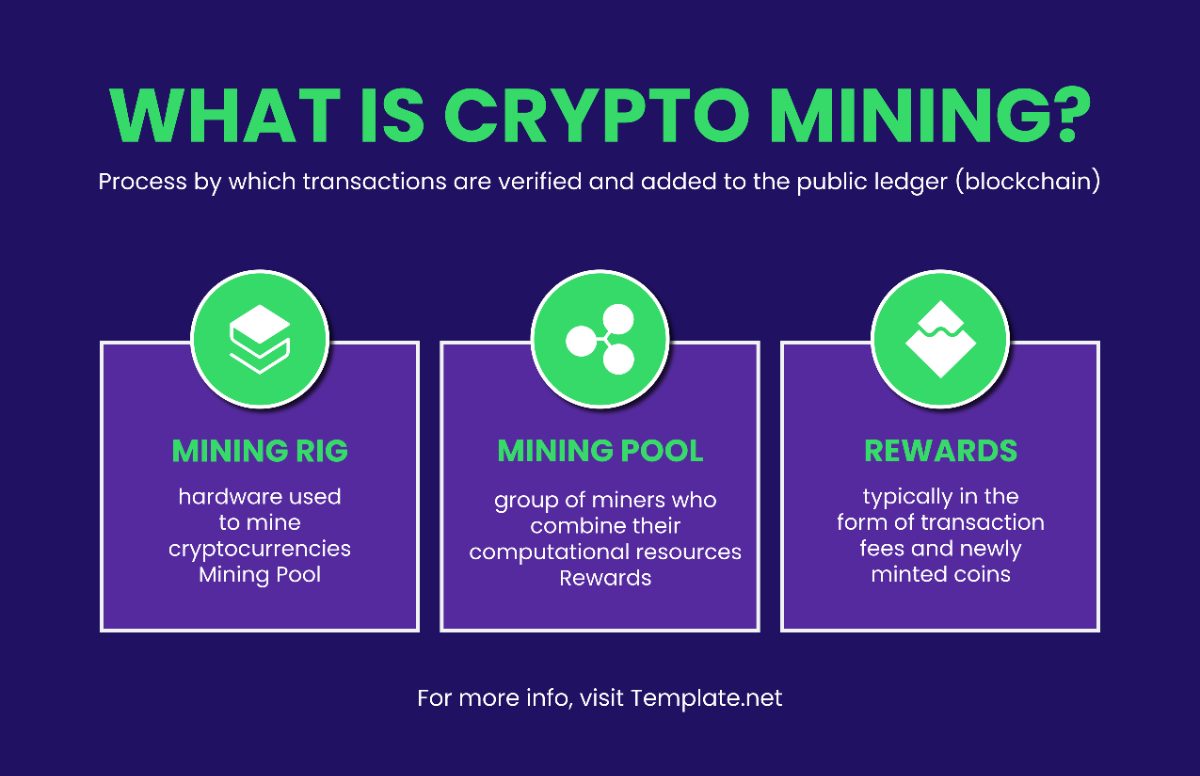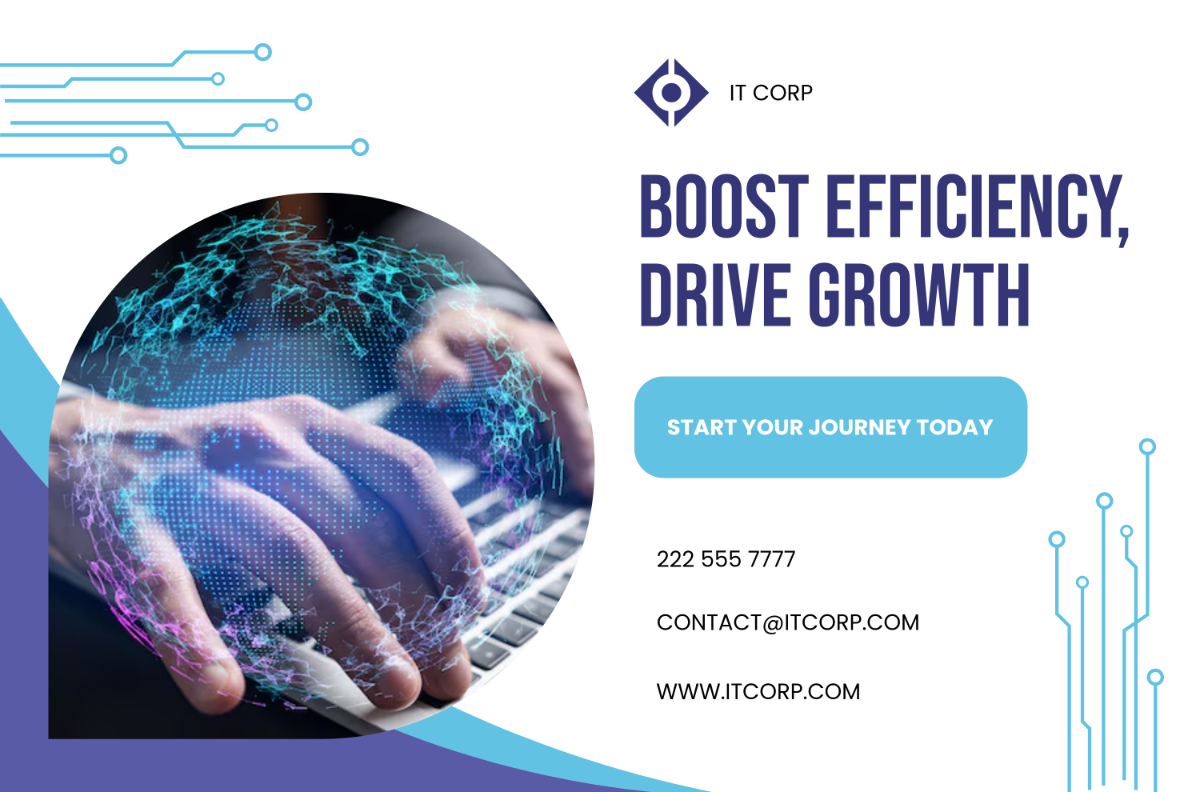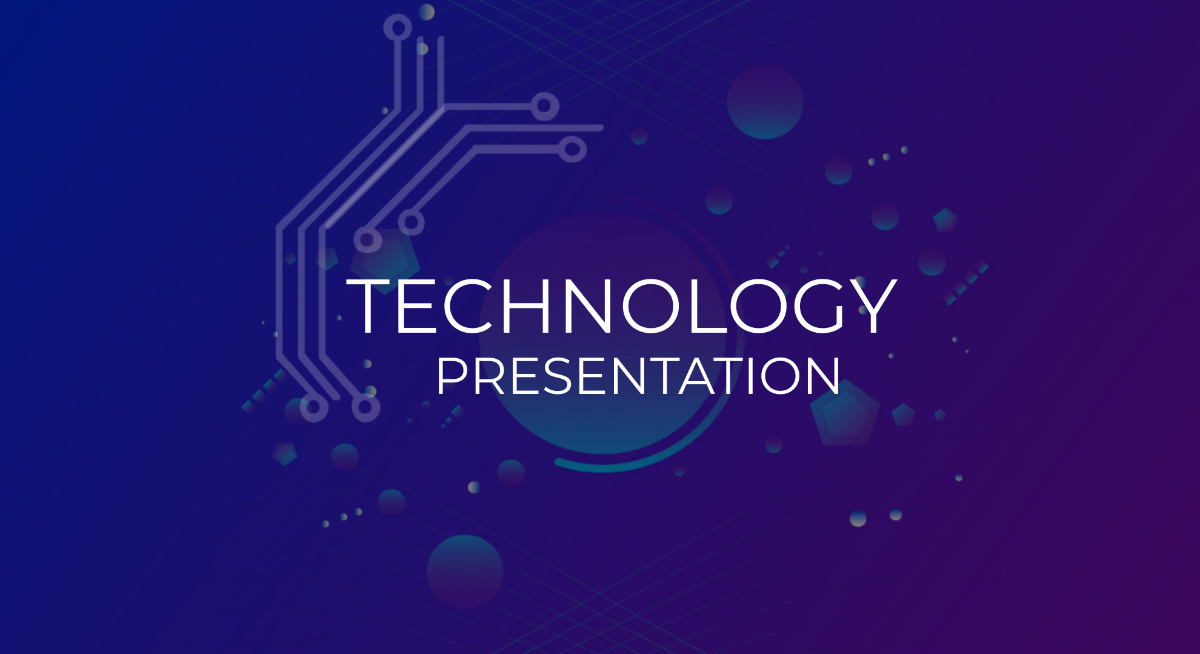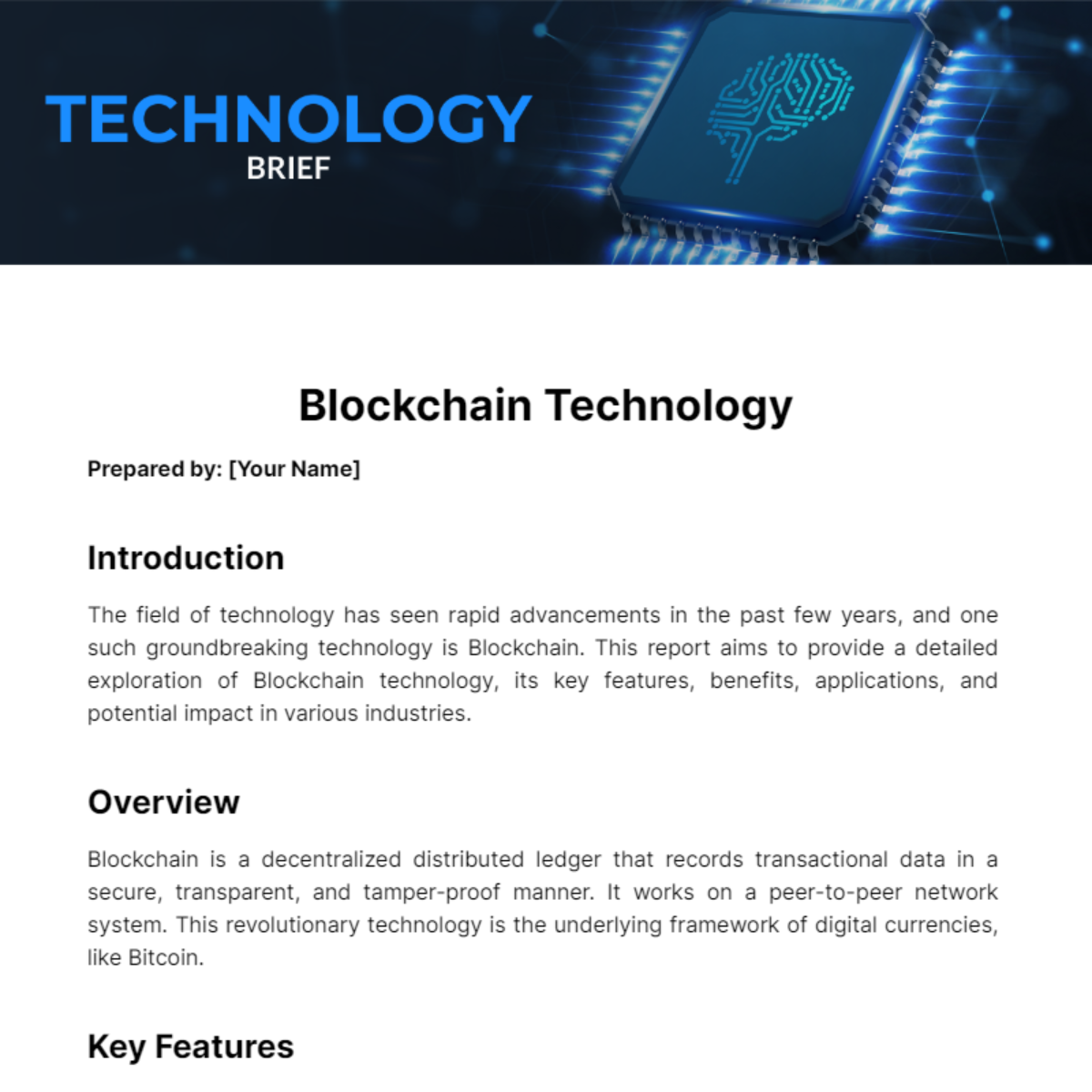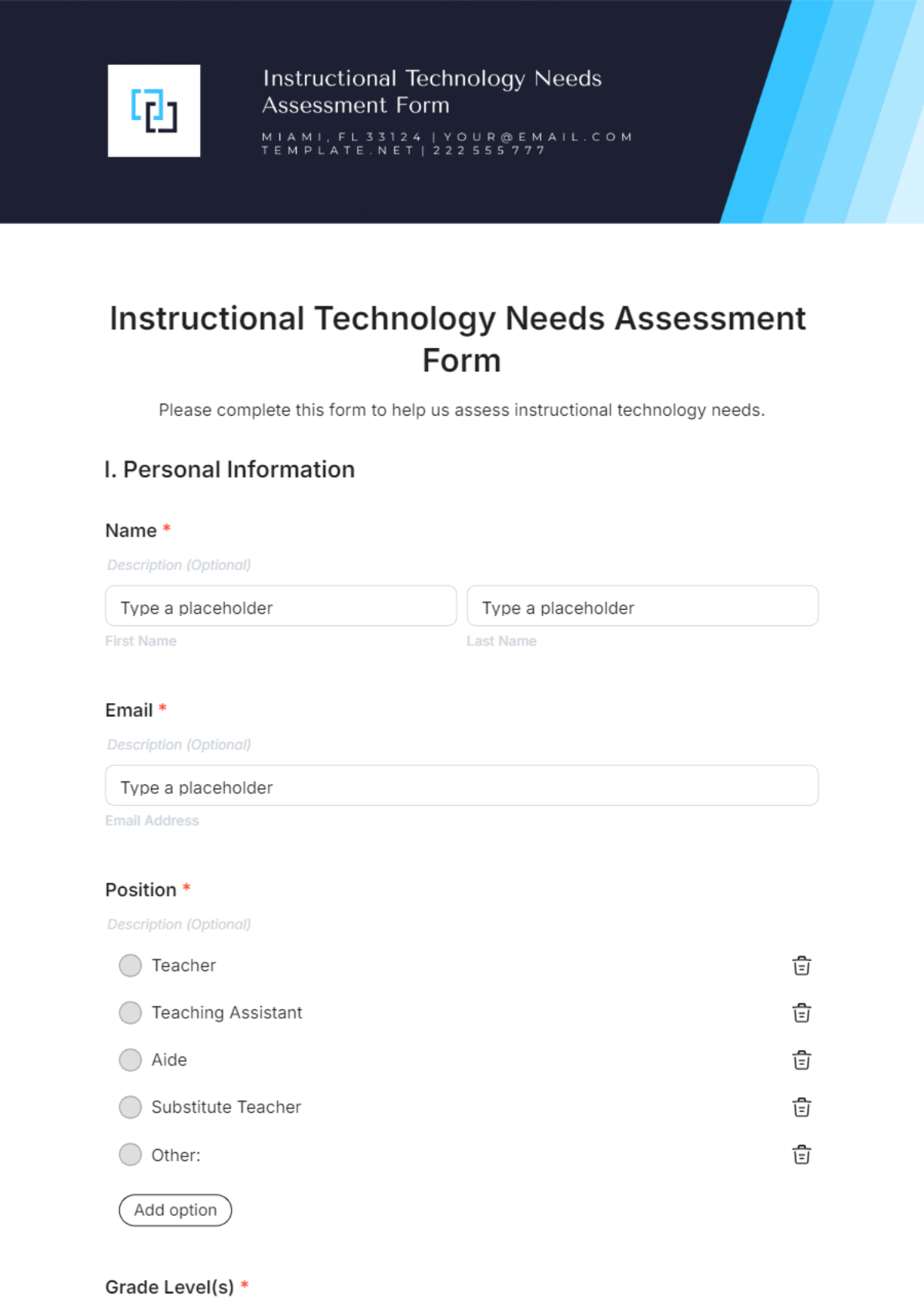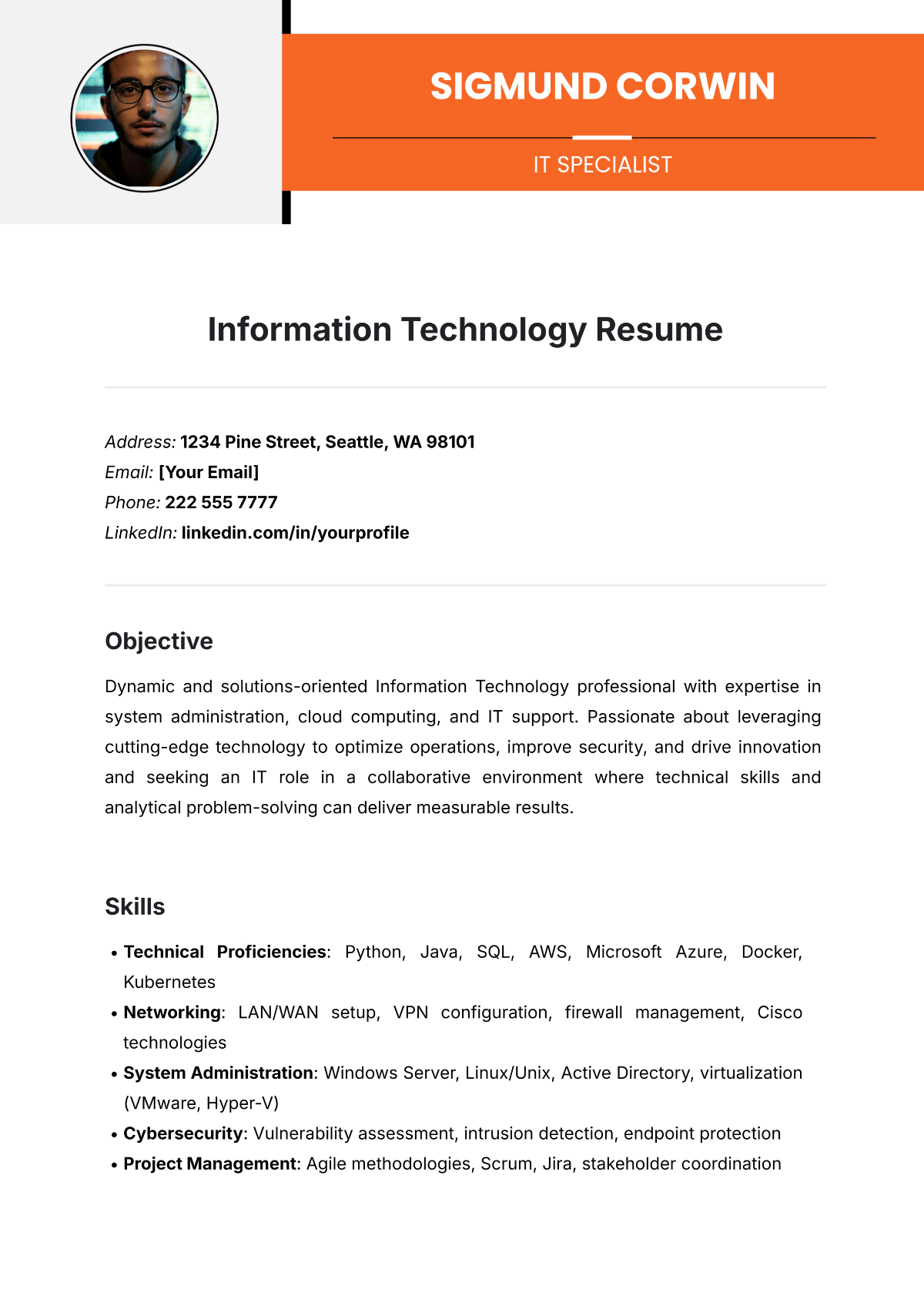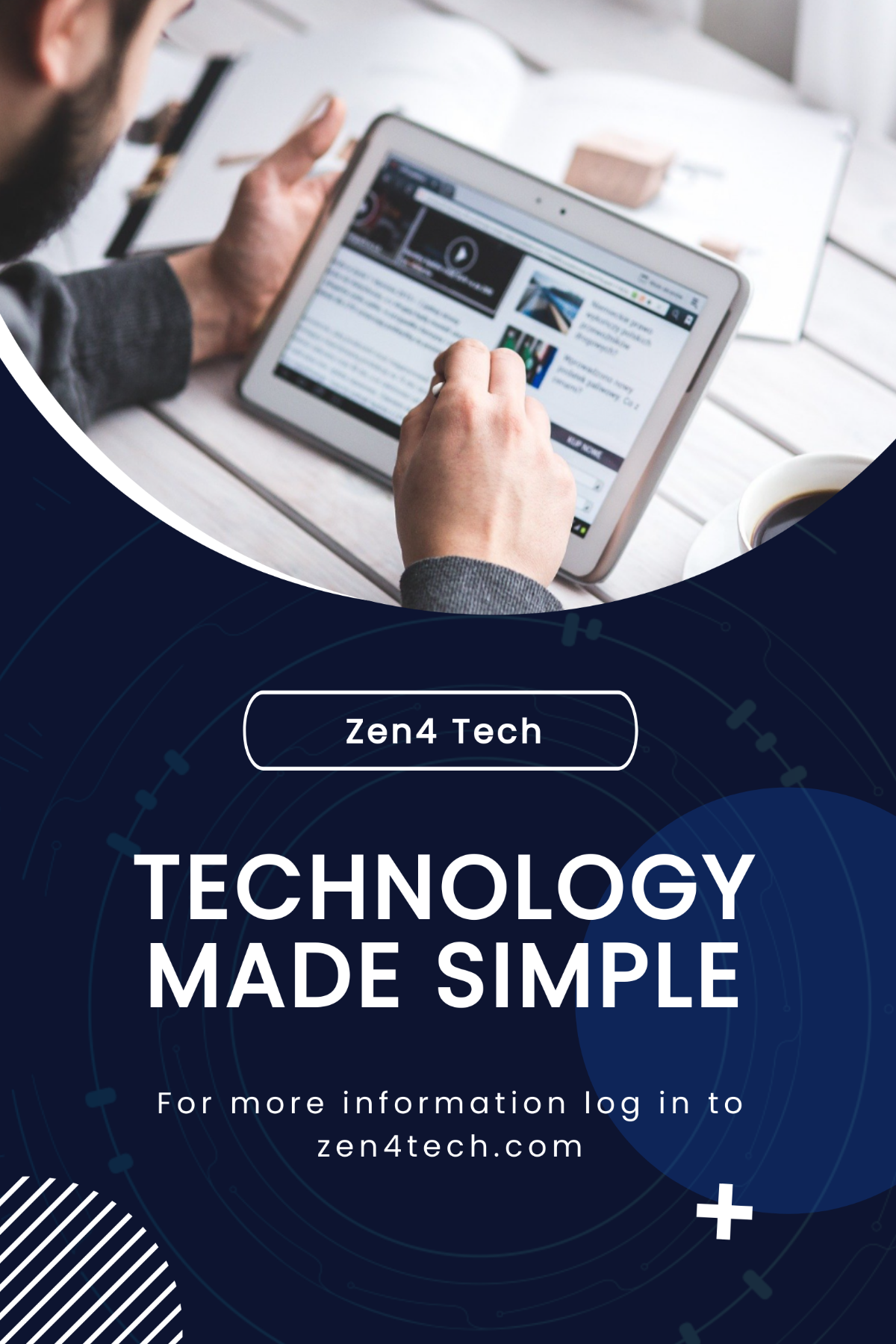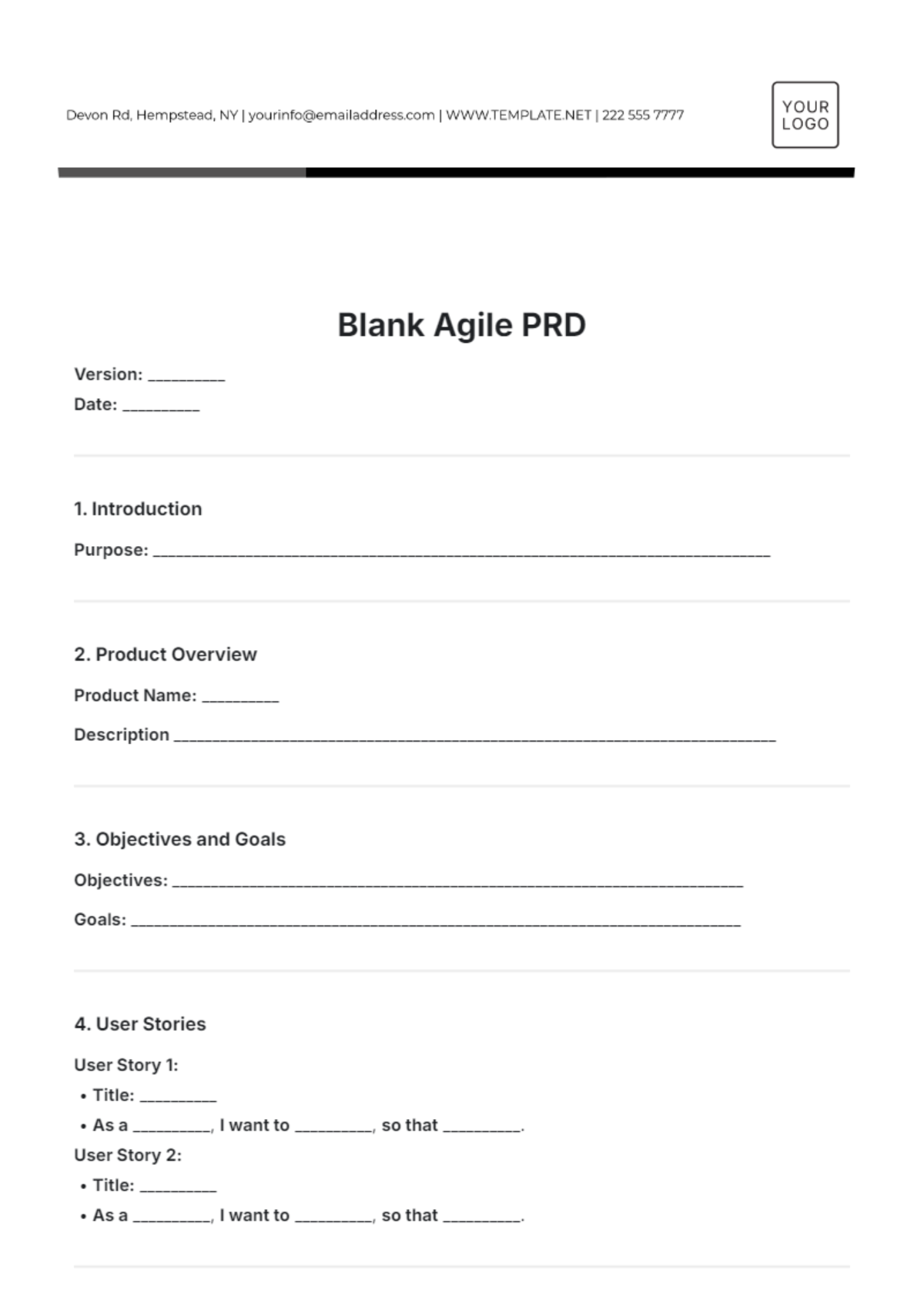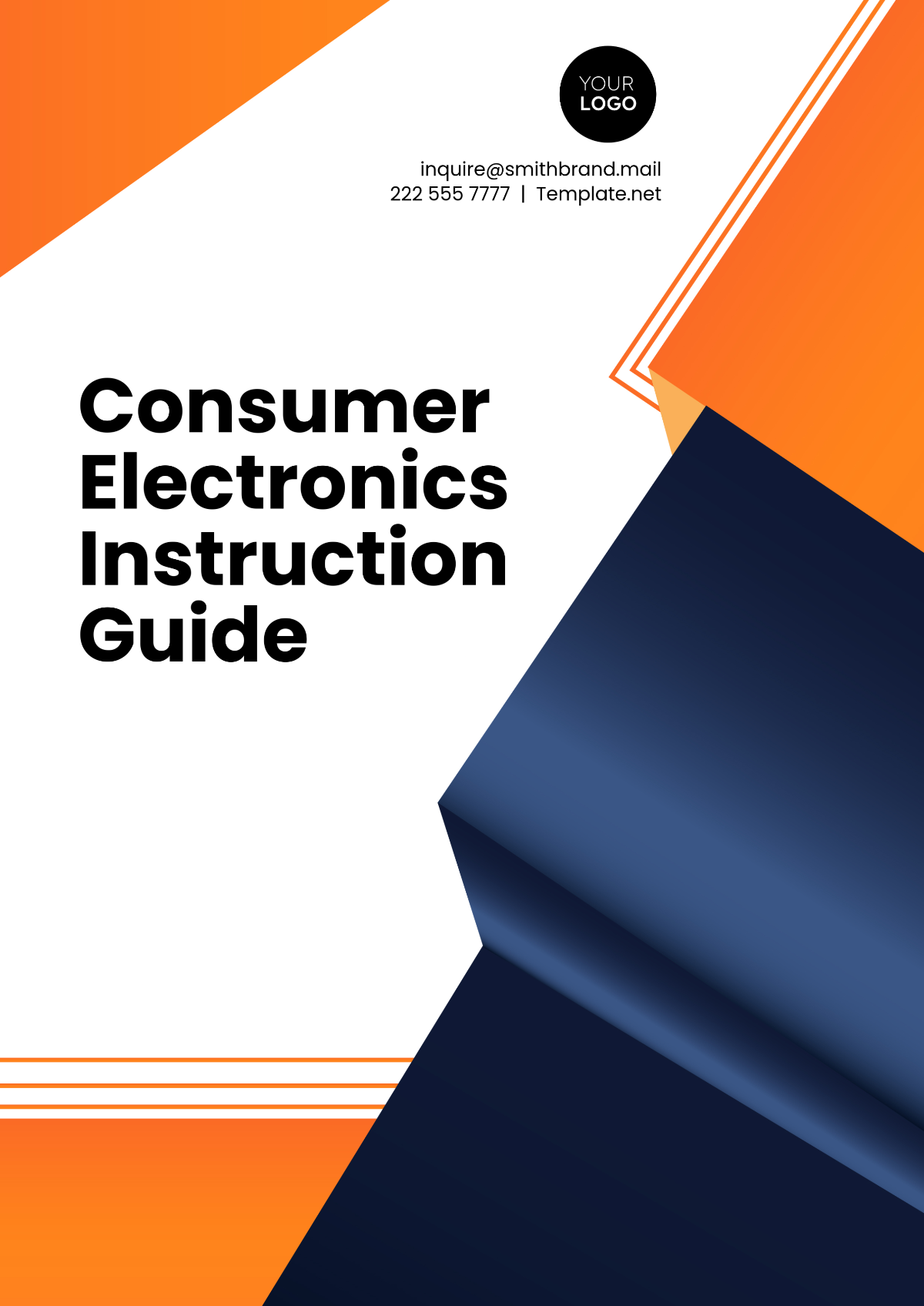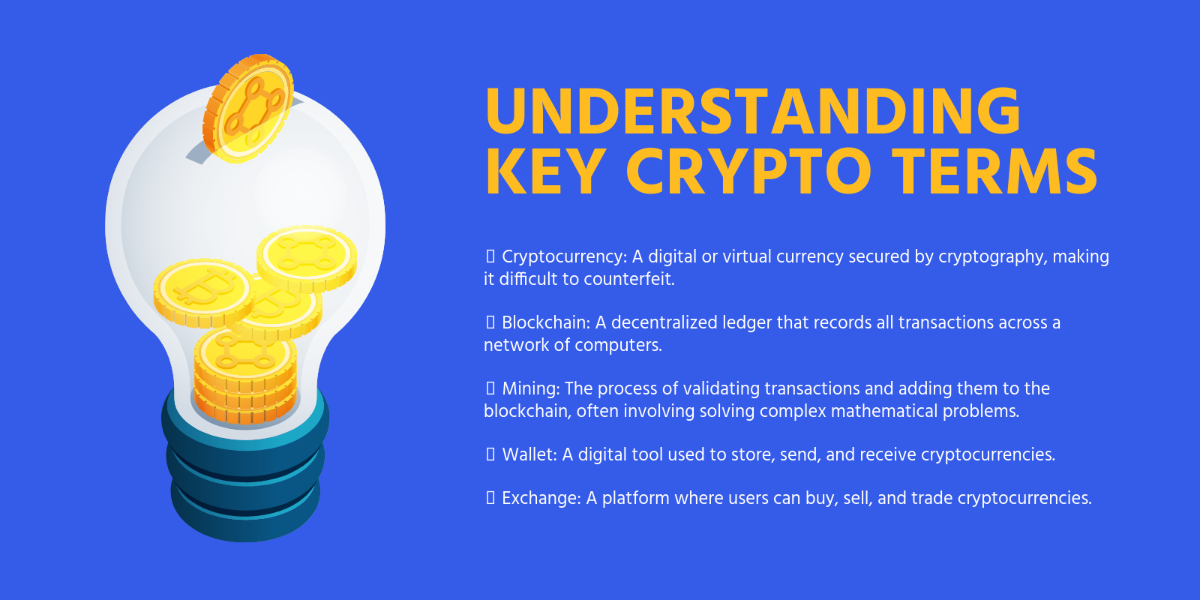Implementing Blockchain Technology
Prepared By: [Your Name]
1. Introduction:
This technical brief aims to explore the potential benefits and challenges of implementing blockchain technology in supply chain management. It discusses how blockchain can enhance transparency, traceability, and efficiency within supply chains.
2. Executive Summary:
Blockchain technology offers a decentralized and immutable ledger system that can revolutionize supply chain management by increasing transparency, reducing fraud, and optimizing processes. However, its adoption requires overcoming technical, regulatory, and organizational hurdles.
3. Background:
The global supply chain is complex, involving multiple stakeholders, transactions, and processes. Traditional supply chain systems often suffer from inefficiencies, lack of transparency, and susceptibility to fraud. Blockchain technology presents a promising solution by providing a decentralized and transparent ledger system.
4. Objectives:
Explore the potential of blockchain technology in enhancing supply chain transparency.
Identify the key challenges and opportunities associated with implementing blockchain in supply chain management.
5. Methodology:
The research was conducted through a comprehensive literature review, case studies analysis, and interviews with industry experts. Data was gathered to assess the current state of supply chain management and the potential impact of blockchain technology.
6. Findings:
This table summarizes the key findings related to the implementation of blockchain technology in supply chain management, highlighting both the benefits and challenges associated with its adoption.
Finding | Description |
|---|---|
Improved Transparency | Blockchain technology enables real-time visibility into supply chain transactions, enhancing transparency and accountability. |
Enhanced Traceability | Through immutable records and smart contracts, blockchain facilitates accurate tracking of products from source to destination. |
Reduced Counterfeit Products | Implementation of blockchain reduces the risk of counterfeit products by verifying the authenticity of goods at each stage. |
Increased Operational Efficiency | Automation of processes and removal of intermediaries lead to streamlined operations and reduced costs within the supply chain. |
Challenges with Scalability | Scalability remains a significant challenge, with blockchain networks facing limitations in handling large volumes of transactions. |
Interoperability Issues | Lack of interoperability between different blockchain platforms hinders seamless integration across supply chain ecosystems. |
Regulatory Compliance Concerns | Compliance with existing regulations and uncertainty regarding future regulatory frameworks pose challenges to blockchain adoption. |
Data Privacy and Security Risks | Ensuring data privacy and security while maintaining transparency on a decentralized ledger requires robust encryption mechanisms. |
7. Discussion:
The findings suggest that while blockchain technology holds promise for transforming supply chain management, its widespread adoption faces several challenges. Addressing these challenges requires a collaborative effort from industry stakeholders, policymakers, and technology providers.
8. Recommendations:
Invest in research and development to address scalability and interoperability issues.
Establish industry standards and regulatory frameworks to ensure compliance and data privacy.
Promote education and awareness programs to facilitate blockchain adoption among supply chain stakeholders.
9. Conclusion:
In conclusion, blockchain technology has the potential to revolutionize supply chain management by enhancing transparency, traceability, and efficiency. However, its successful implementation requires overcoming technical, regulatory, and organizational barriers through collaborative efforts.
10. References:
This table presents the references cited in the technical brief, including the reference number, author(s), title of the work, journal or website where applicable, and the publication year. These references provide further information and sources for readers interested in exploring the topic in more depth.
Reference Number | Author(s) | Title | Journal/Website | Publication Year |
|---|---|---|---|---|
1 |
| Bitcoin: A Peer-to-Peer Electronic Cash System | Bitcoin.org | 2040 |
2 | Tapscott, D., Tapscott, A. | Blockchain Revolution: How the Technology Behind Bitcoin Is Changing Money, Business, and the World | Portfolio | 2041 |
3 | World Economic Forum | Building Block(chain)s for a Better Planet | World Economic Forum | 2042 |
4 | Swan, M. | Blockchain: Blueprint for a New Economy | O'Reilly Media | 2043 |
11. Appendices:
These appendices provide supplementary materials such as case studies and additional data analysis, offering further insights into the implementation of blockchain technology in supply chain management.
Appendix A: Summary of Case Studies
Case Study | Industry | Key Findings |
|---|---|---|
Case Study 1 | Retail | Implementation of blockchain led to a 30% reduction in counterfeit products and improved supply chain transparency. |
Case Study 2 | Healthcare | Blockchain-enabled tracking of pharmaceuticals reduced the time to verify product authenticity by 50%. |
Case Study 3 | Food & Beverage | Traceability on blockchain reduced the time to trace the origin of contaminated products from weeks to minutes. |
Appendix B: Additional Data Analysis
Data Analysis | Description |
|---|---|
Supply Chain Efficiency | Analysis of supply chain data before and after blockchain implementation, highlighting efficiency improvements. |
Regulatory Compliance | Examination of regulatory requirements and how blockchain solutions address compliance challenges. |
Stakeholder Interviews | Insights from interviews with supply chain stakeholders regarding their experiences and perspectives on blockchain. |
This technical brief provides insights into the potential of blockchain technology in supply chain management and offers recommendations for stakeholders looking to leverage its benefits while addressing implementation challenges.







